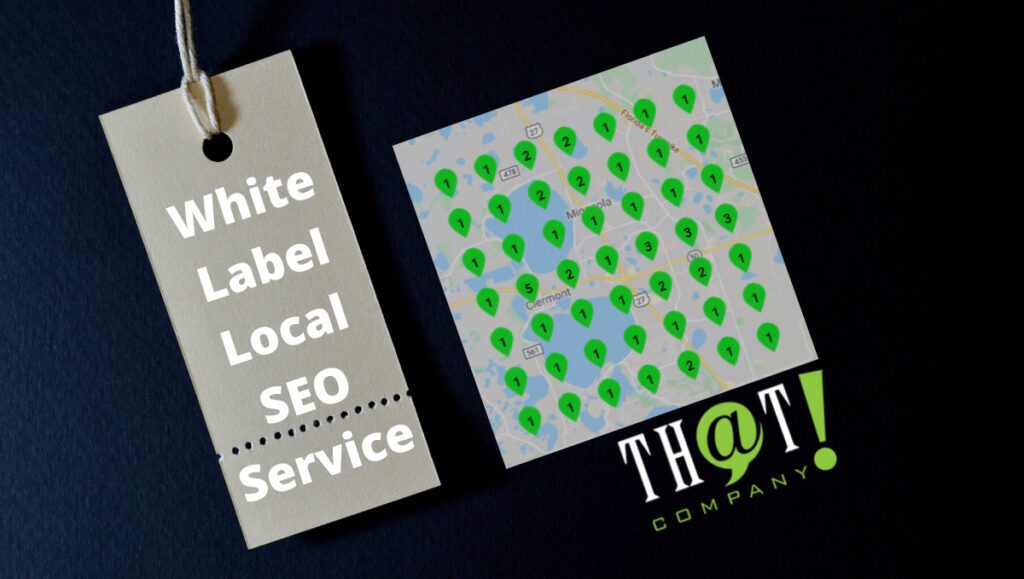We are an instant-gratification society. You can thank computers, the Internet and email for that.
The speed at which your website loads is now more important than ever. A slow site can affect your ability to satisfy customers and compete in the marketplace. Research shows that faster sites increase conversion rates.
And after Google’s announcement last year that it would consider a site’s page speed as one of its ranking factors, increasing a site’s speed has become a part of optimizing a site for the search engines.
The folks at SEOmoz Daily SEO Blog recently collected site speed data from 100 different sites to try to replicate the equation Google uses to report how fast sites are relative to each other.
The graph should give many businesses a metric to compare themselves to competitor websites.

The x axis in this graph shows the page load time (in seconds) and the y axis represents the per cent of sites that the corresponding time is faster than. So if a page loads in 4.3 seconds, it is faster than 31% of other pages on the web.
This data set allowed me to view the following data points:
- If your site loads in 5 seconds it is faster than approximately 25% of the web
- If your site loads in 2.9 seconds it is faster than approximately 50% of the web
- If your site loads in 1.7 seconds it is faster than approximately 75% of the web
- If your site loads in 0.8 seconds it is faster than approximately 94% of the web
Click here for a more in-depth look SEOmoz’s analysis of page load speed.































